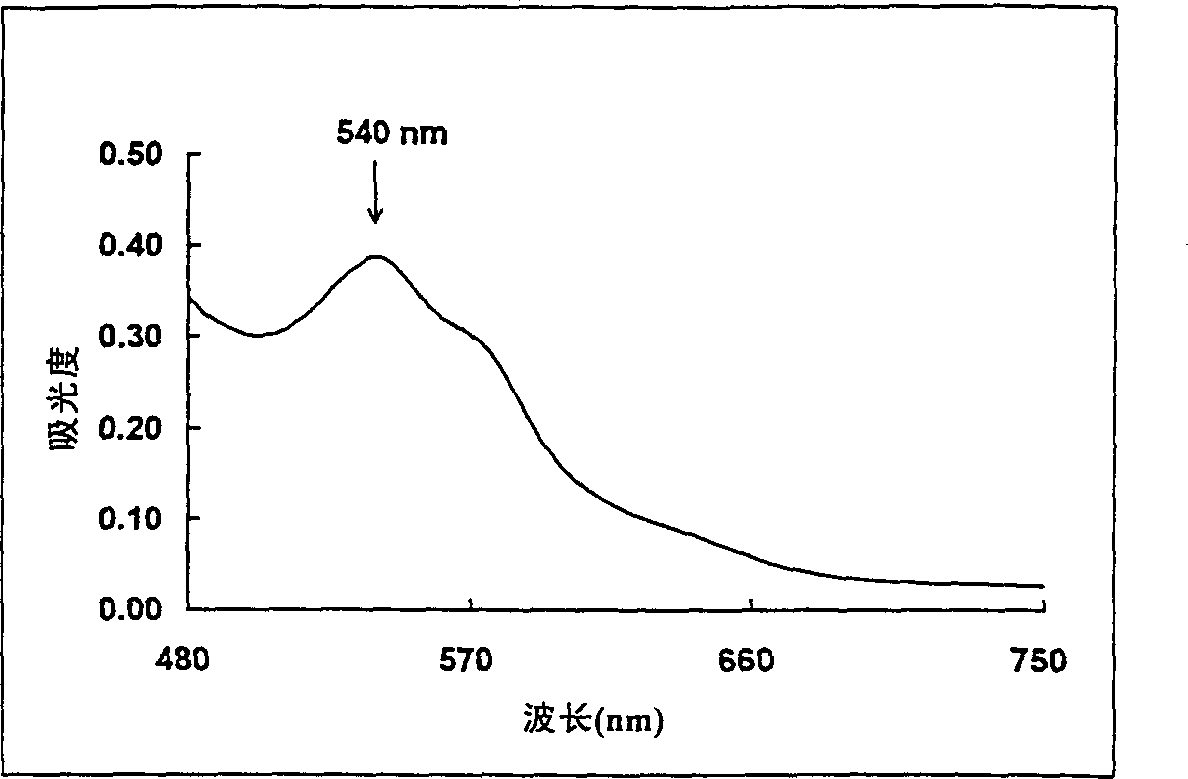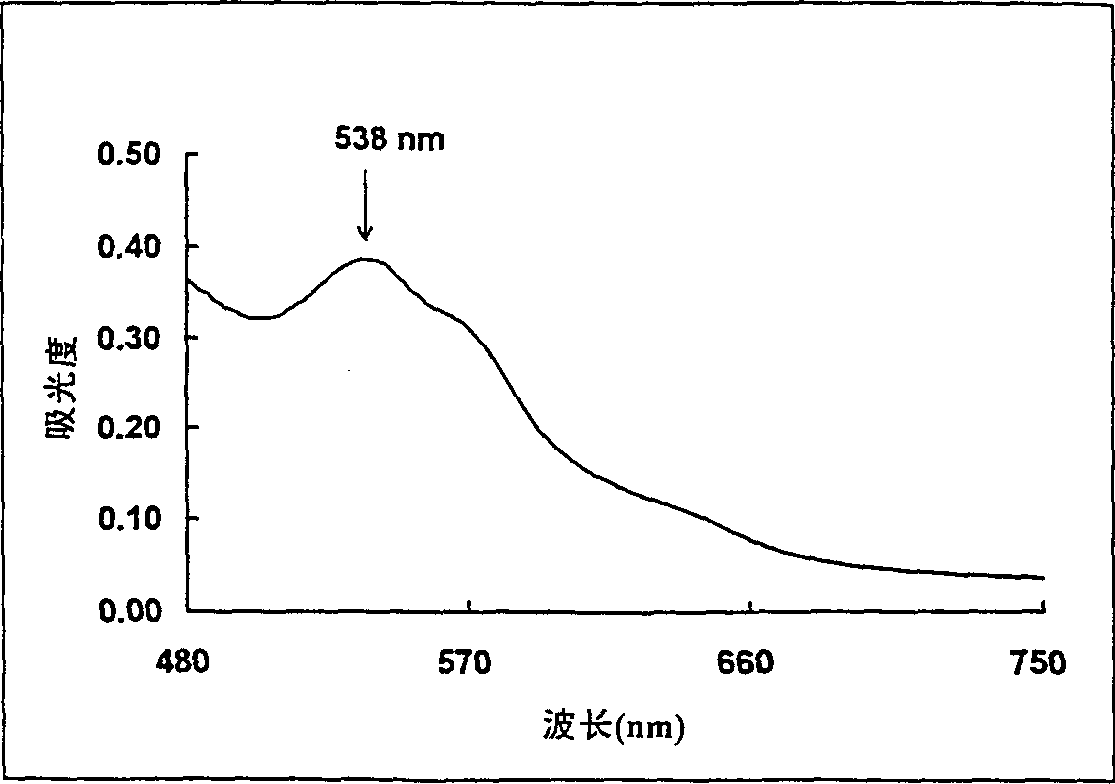Compsn. and method for hemoglobin and cell analysis
A technology of hemoglobin and hemoglobin concentration, which is applied in the direction of analyzing materials, biomaterial analysis, biological testing, etc., and can solve problems such as lack and toxicity
- Summary
- Abstract
- Description
- Claims
- Application Information
AI Technical Summary
Problems solved by technology
Method used
Image
Examples
Embodiment 1
[0095] Prepare reagents of the following composition. Formula 1a tetrazole 5.0g tetradecyltrimethylammonium bromide 15.0g distilled water, adjusted to 1 liter of pH 2.77 Formula 1b triazole 10.0g dodecyltrimethylammonium chloride (50% solution) 35.0ml tetradecyltrimethylammonium bromide 3.5g distilled water, adjusted to 1 liter of pH 6.19 formula 1c quinaldixic acid 5.0g dodecyltrimethylammonium chloride (50% solution) 50.0ml distilled water, adjusted to 1 liter pH 2.55 formula 1d melamine 5.0g tetradecyltrimethylammonium bromide 3.6g dodecyltrimethylammonium chloride (50% solution) 36.0 ml of distilled water, adjusted to 1 liter of pH 4.55 formulation le tetrazole 5.0 g of Chemfac NB-104 (complex phosphate manufactured by Chemax Corporation) 30.0 g of distilled water, adjusted to 1 liter of pH 7.11
[0096] With 2500 μl of ISOTON _ II Dilute 11.6 μl of whole blood sample, then manually mix 403 μl of one of the above lysing agent compositions with the pre-diluted sample. A...
Embodiment 2
[0098] Prepare reagents of the following composition. Tetrazole 5.0g dodecyltrimethylammonium chloride (50% solution) 36.0ml tetradecylammonium bromide 3.6g distilled water 1 liter pH 2.73
[0099] 11.6 μl of whole blood samples were diluted with 2500 μl of blood thinner, then 403 μl of the above lysing agent composition were manually mixed with the pre-diluted samples. Absorption spectra of the samples were immediately measured on a Beekman DU7500 spectrophotometer. Five commercial blood thinners were used for hemoglobin determination, the COULTER _ ISOTON _ Ⅲ、COULTER _ ISOTON _ Ⅱ、Technicon H ·TM Systems RBC DIL (commercially available from Technicon Instruments), standard phosphate buffered saline and standard sodium chloride saline. The chromogen formed has an absorption maximum at about 540 nm and a shoulder at about 565 nm. When different diluents are used for the determination of hemoglobin, the maximum absorption of the chromogen is only slightly different, t...
Embodiment 3
[0101] Prepare reagents of the following composition. Recipe 3a tetrazole 5.0g tetradecyltrimethylammonium bromide 15.0g distilled water, adjust to 1 liter pH 12.06 Recipe 3b aniline-2-sulfonic acid 5.0g tetradecyltrimethylammonium bromide Ammonium 10.0g cetyltrimethylammonium bromide 4.0g distilled water 1 liter pH 1.67 formula 3c quinaldicic acid 5.0g dodecyltrimethylammonium chloride (50% solution) 40. 0ml distilled water 1 liter pH 2.58
[0102] About 70 blood samples (with a hemoglobin concentration of 6-17g / dL and a white blood cell count of 1,000 / μL-40,000 / μL) were collected on a calibrated COULTER _ On the STKS instrument under standard instrument settings (except solvent, LYSE S _ Ⅲ diff is replaced by the above preparation) analysis. For each formulation, approximately half of the samples were clinical samples for various diseases. In the case of formulation 3a, 70% of the samples were clinical samples. Figure 5 shows that by using the reference reagent (LYSE ...
PUM
| Property | Measurement | Unit |
|---|---|---|
| Concentration | aaaaa | aaaaa |
Abstract
Description
Claims
Application Information
 Login to View More
Login to View More - R&D
- Intellectual Property
- Life Sciences
- Materials
- Tech Scout
- Unparalleled Data Quality
- Higher Quality Content
- 60% Fewer Hallucinations
Browse by: Latest US Patents, China's latest patents, Technical Efficacy Thesaurus, Application Domain, Technology Topic, Popular Technical Reports.
© 2025 PatSnap. All rights reserved.Legal|Privacy policy|Modern Slavery Act Transparency Statement|Sitemap|About US| Contact US: help@patsnap.com



